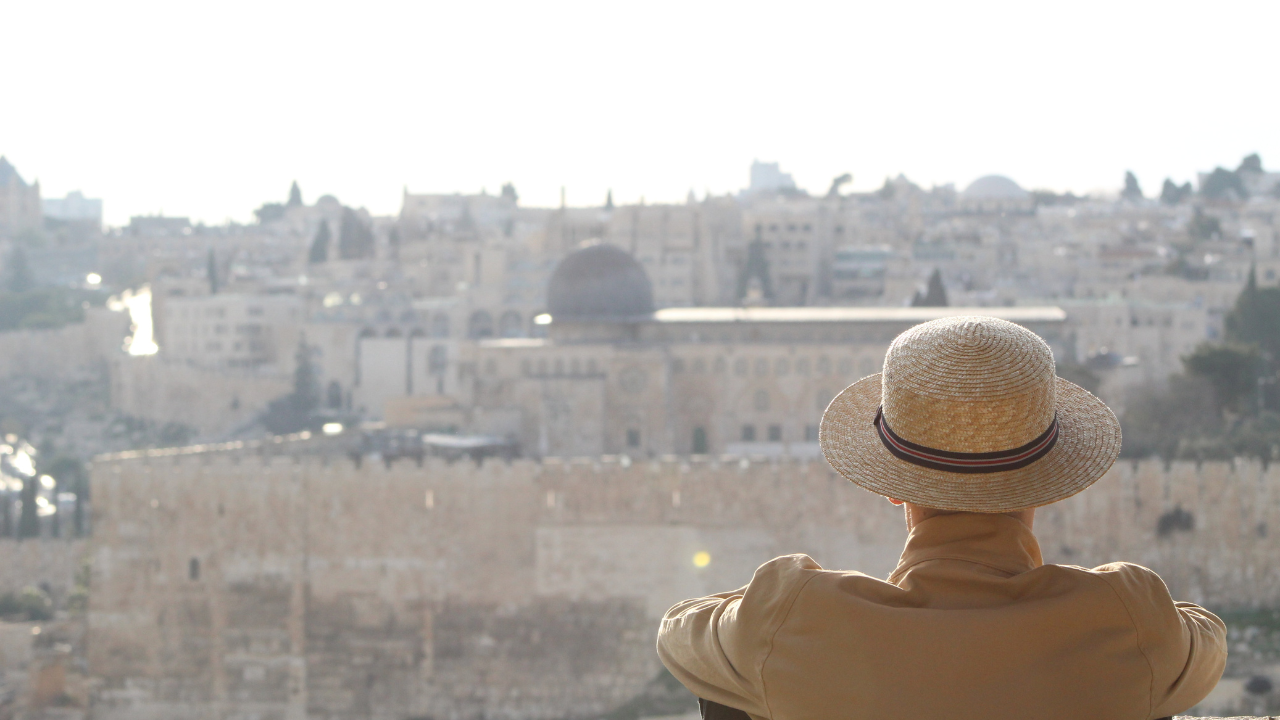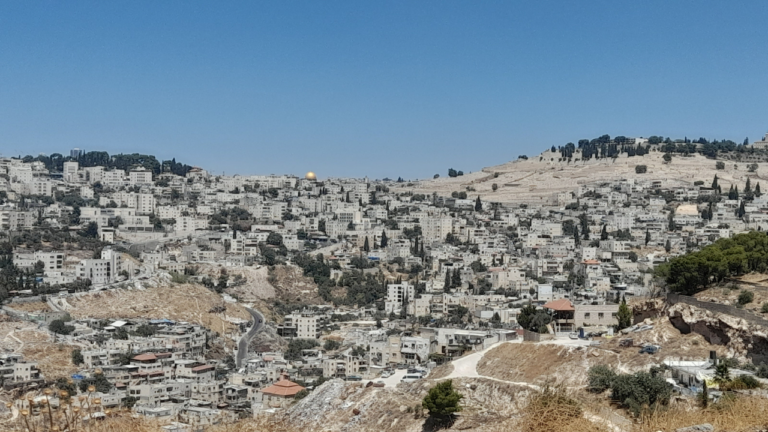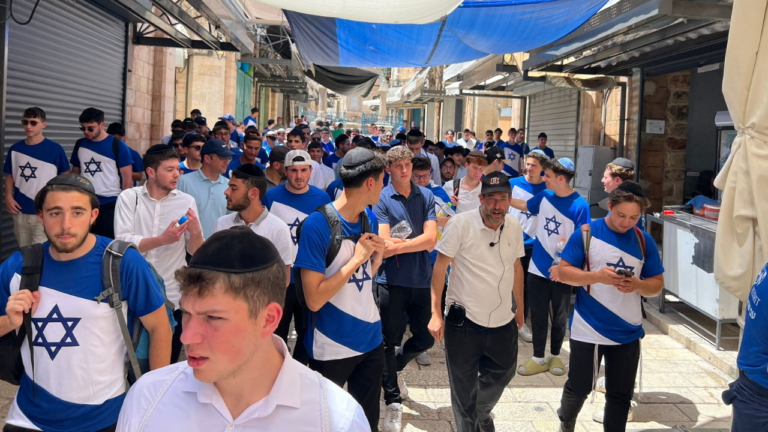Expanding from the Center
In our Haftorah, the prophet Yeshayahu turns to Yerushalayim and tells her to grow: “Enlarge the site of your tent, extend the size of your dwelling, do not stint! Lengthen the ropes, and drive the pegs firm, for you shall spread out to the right and the left.” The midrash understands this verse as a prediction that in the future, Yerushalayim will spatially expand. After quoting the above verse, the midrash comments:
Rabbi Yochanan said: In the future, Yerushalayim will reach the gates of Damascus… but what of the verse “the city will be built on its hill?” … the city will not move but will expand in all directions.
In other words, the core of the city will remain in its original location. The city limits, though, will expand for miles.
It seems that that this midrash encodes an important message regarding Yerushalayim and all other matters of sanctity. We live in a world that is comprised of kodesh and chol, of sanctity and secularity. The Jewish people’s mission is to constantly expand the boundaries of sanctity such that more and more parts of this world become sanctified. In the daily life of a Jew this means that a person’s spiritual life is not limited to the walls of the Beit Midrash or synagogue but expands to include all of the settings of one’s life such as the street and the office.
This, perhaps, is the meaning of the expansion of Yerushalayim. Ideally, the sanctity of Yerushalayim should not be limited to the space between its walls. Rather, its sanctity will expand to include more and more of secular space until the entire area of the world shines with the light of Yerushalayim.
This expansion, however, contains a danger. A person could be on a mission to expand sanctity into seemingly secular places but might ultimately become unmoored and unconsciously negatively impacted. In other words, a person might intend to bring sanctity to the workplace by representing God in a positive way to one’s peers. However, over time, the long hours in the office might have a corrosive effect and instead of the Jew influencing his environment the environment will influence the Jew.
A response to this danger is embedded in the second half of our midrash regarding Yerushalayim. Even as the city expands its sanctified boundaries to include more and more of the Middle East, the core of the city will always remain on the same hill. That original city, which in the future will include the Beit HaMikdash will always be the epicenter of undiluted and pure sanctity. The Jewish people will make pilgrimages to that center at least three times a year to experience an unmediated connection to God and to recharge their spiritual batteries. It is only when this pure center exists that we can safely undertake the enterprise of expansion.
Similarly, in the life of an individual Jew, the original city of Yerushalayim is paralleled by one’s synagogue and Bet Medrash. Just as the “city built on the hill” needs to always remain part of the Jewish people’s collective lives while they expand the borders of sanctity, so too, the individual Jew needs to keep one’s synagogue and Bet Midrash as an important part of one’s life. It is only by situating these mini-Yerushalayim’s at the center of one’s life that the work of expansion can be successfully accomplished.



